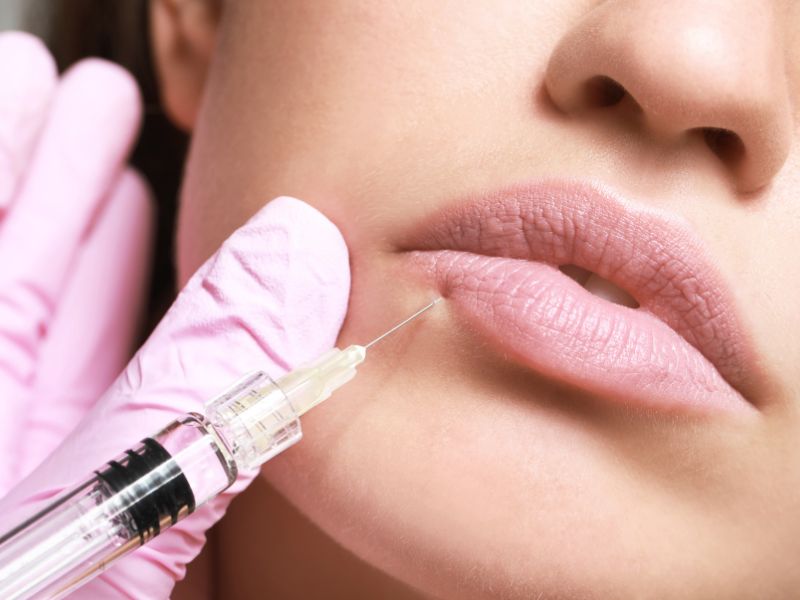The Art of Subtlety: A Modern Approach to Lip Enhancement
There is a quiet power in small refinements. Among the most nuanced of these is lip enhancement—an area where a few millimeters can shift the entire balance of the face. Far from the exaggerated looks that dominated earlier aesthetic trends, today’s approach favors restraint, harmony, and an unmistakable sense of natural proportion.
Patients often arrive curious about what’s possible but hesitant about going “too far.” The best outcomes, as experienced clinicians will attest, are those where no one quite knows what’s changed—only that the face looks somehow more rested, more balanced, more alive. That is the promise of well-performed lip filler: not transformation, but restoration.
What’s Inside the Syringe Matters More Than You Think
Most fillers used in lip enhancement are based on hyaluronic acid, a molecule that occurs naturally in the skin and connective tissue. Its function is straightforward but crucial: it retains water. It is perfect for areas that need both volume and flexibility because of its hydrophilic quality, which enables it to plump and hydrate the skin from the inside out.
Hyaluronic acid is used in the lips as a sculpting agent in addition to a filler. It can:
- Soften vertical creases that frequently develop with age
- Define the line separating the lip from the surrounding skin
- Restore volume lost with aging
Because it integrates so well into soft tissue—and can be dissolved if necessary—it offers both safety and control.
The Procedure: Simple, But Not Casual
Though minimally invasive, lip enhancement is still a medical procedure. The process starts with a consultation, which is frequently the most crucial step. During this consultation, the provider assesses the patient's facial symmetry, talks about their goals, and chooses a filler that is appropriate for their particular anatomy.
Usually, the actual procedure takes less than an hour. An anesthetic applied topically reduces discomfort. The practitioner applies tiny amounts of filler—often layering product gradually—to particular areas of the lip using a microneedle or cannula.
For a day or two, patients should anticipate mild swelling, occasionally with mild bruising. These effects are temporary, and most people return to normal activities by the following morning.
Results That Whisper, Not Shout
What makes an excellent lip result? It’s rarely the fullness alone. A skilled provider will consider proportion, curvature, projection, and even how the lips move during speech and expression. The goal is not to draw attention to the lips themselves, but to create a result that enhances the overall structure of the face.
Done well, the filler simply supports what was already there:
- A slight lift to the Cupid’s bow
- Restored smoothness to the lip line
- Subtle volume where the lips have thinned with age
It’s a kind of optical illusion: people notice a positive change, but they can’t quite put their finger on what it is.
Knowing When to Wait—or Walk Away
While most healthy adults are candidates for lip fillers, there are exceptions:
- Recent dental procedures
- Active skin infections
- Specific autoimmune conditions
It’s also important to remember that filler isn’t always the best solution. Sometimes the problem isn’t volume but muscle movement, tooth position, or skin laxity—all of which call for a different kind of treatment.
Perhaps the most important contraindication is unrealistic expectation. Lip fillers are a tool, not a magic wand. They work within the boundaries of a person’s natural anatomy, and their greatest strength lies in their subtlety.
How Long It Lasts, and Why That Varies
Most hyaluronic acid fillers used in the lips last between six and twelve months. The type of filler used, the amount of product applied, and metabolism all have an impact on longevity.
While some patients continue to look good long after the one-year mark, others experience a gradual tapering of results. When necessary, touch-ups are usually small. Due to continuous moisture retention in the dermal layers and mild collagen stimulation, repeated treatments may eventually even improve lip hydration and texture.
A Considered Approach, A Natural Result
In the right hands, lip filler is one of the most elegant treatments in aesthetic medicine. It can restore balance without drama, volume without distortion. But its success depends entirely on thoughtful planning, anatomical precision, and a deep understanding of facial dynamics.
Patients interested in lip enhancement should seek care from providers who treat the face as a whole—not just a collection of features. Because the most beautiful results rarely announce themselves. They simply appear, quietly, and stay.
To schedule a consultation with a clinician experienced in natural lip enhancement, call (407) 777-2071.

